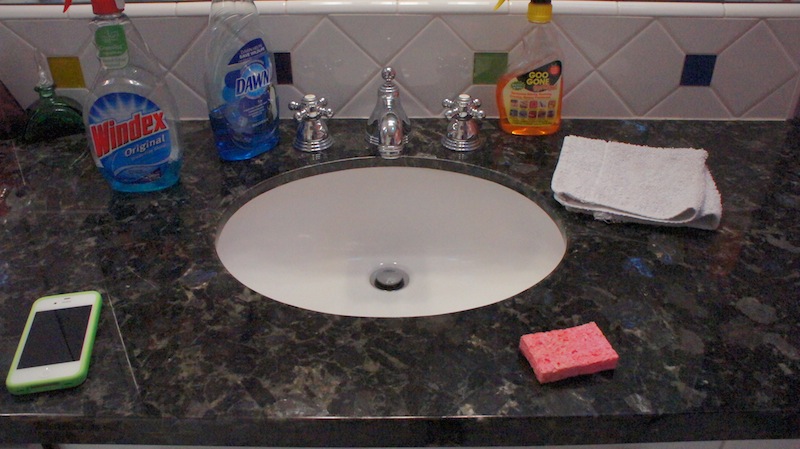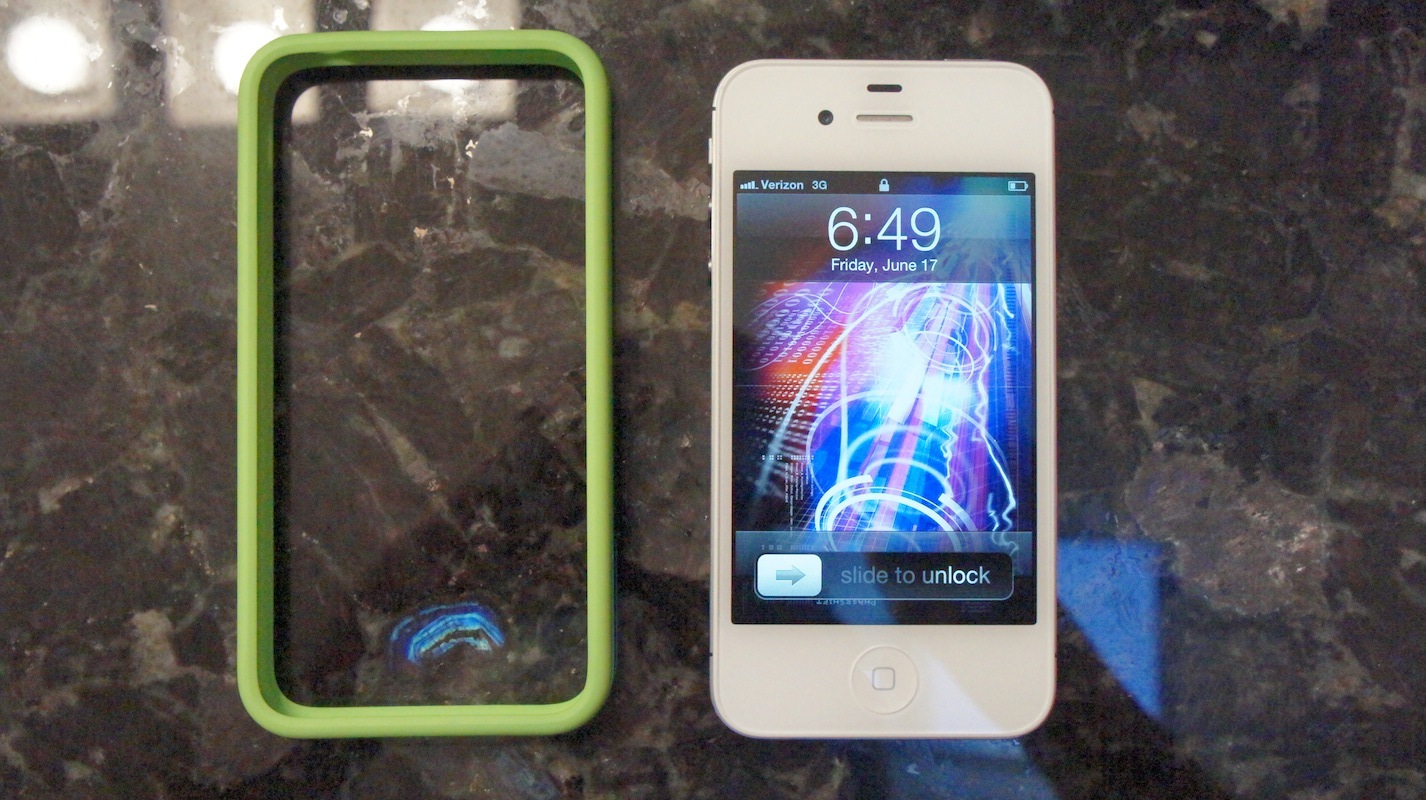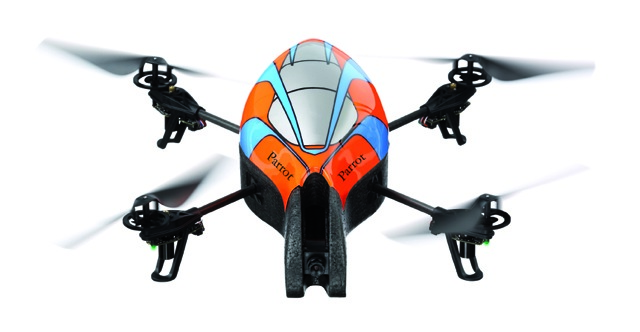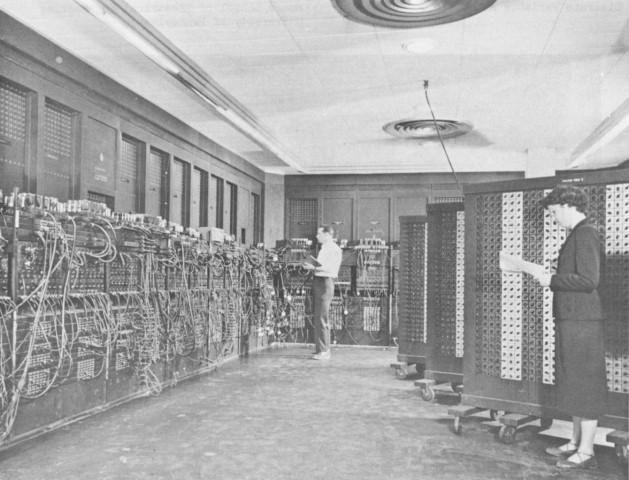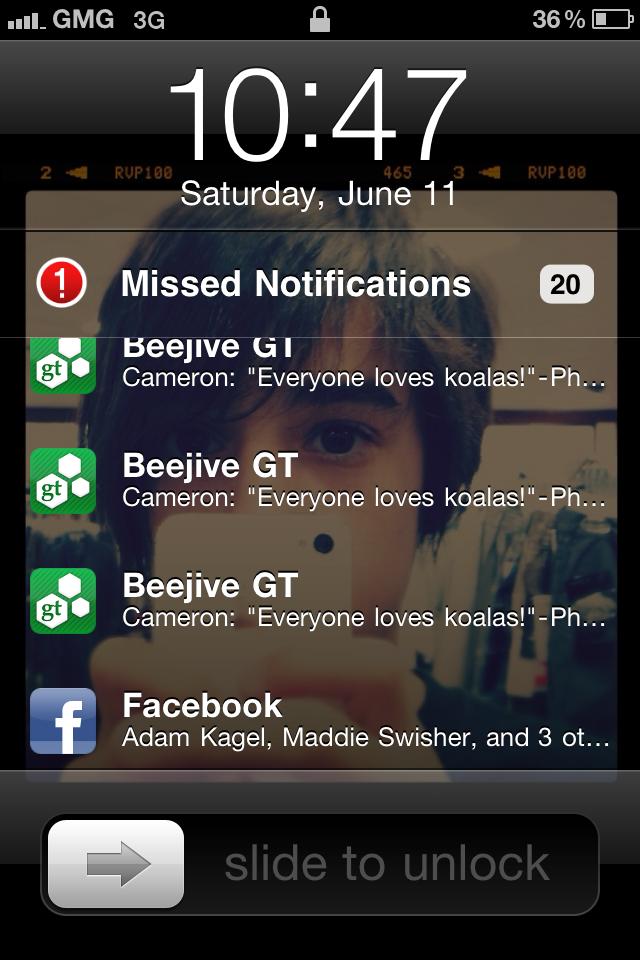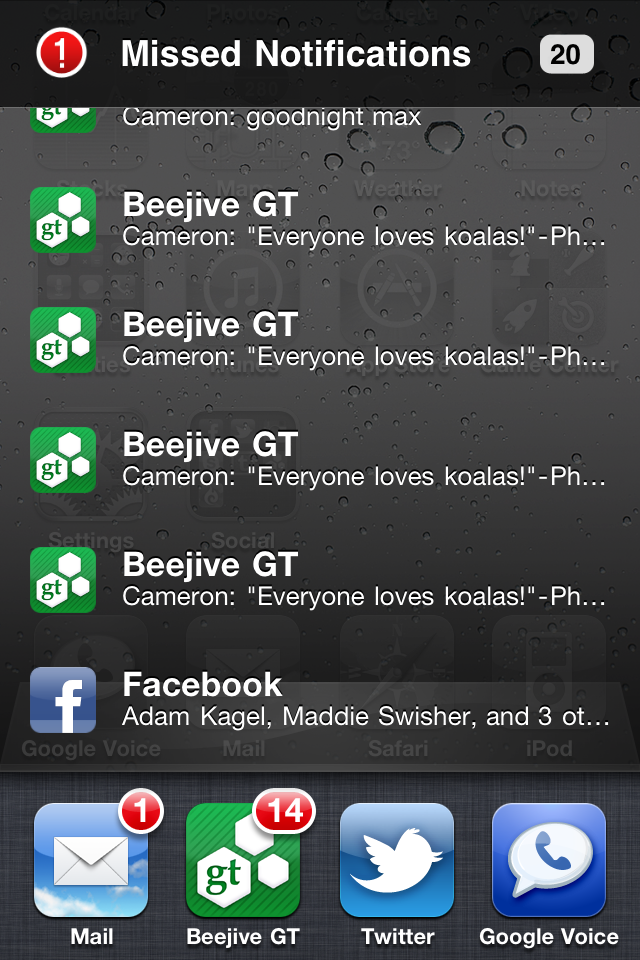The Bumber is a sleek case made by Apple for your iPhone 4. It only goes around the edges, and is mainly made to protect your phone from scratches (not-so-drop-proof).
The edges of the case are made of hard plastic; the front and back edges, however, are made of a soft rubber – which tends to hold on to a fair amount of dirt.
On the web there’s lots of different suggestions that were said to fail. However, I found a solution that seems to work quite well.
Materials:
Sink
Warm, running water
Windex
Dish soap
Goo-Gone/Goof-off/Orange based stain remover
Sponge
Towel/Rag
Instructions
First, remove the case from the phone. Please don’t skip this step – if you do, I can’t be held responsible for any damages that will inevitably result.
Next, start the hot water running. Add in a bit of all three ingredients – a few sprays of Windex, a squirt of Dish soap, and a few sprays/a pour of the goo-gone/goof-off/orange citrus based cleaner.
Stop the water when the sink is about half full.
Next, let the sponge soak some of this up and then submerge the bumper in the sink. Scrub the edges clean with the sponge.
Once the bumper is clean to your liking, drain the water. Run cold water and rinse off the bumper well.
Then use the towel to dry it off.
Congratulations, your bumper should be clean as new!


